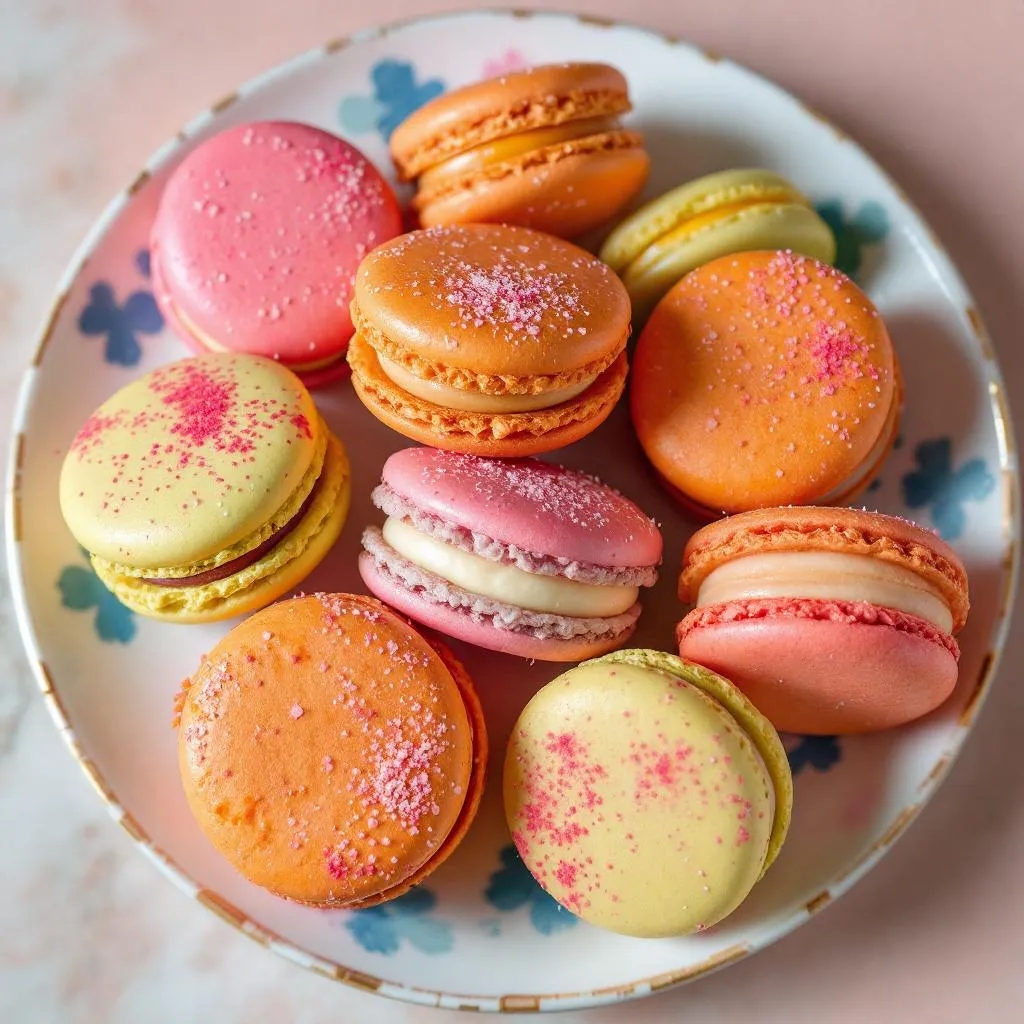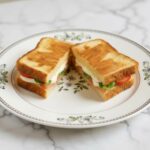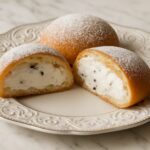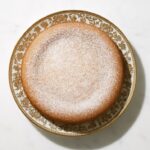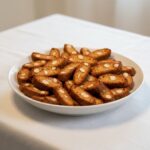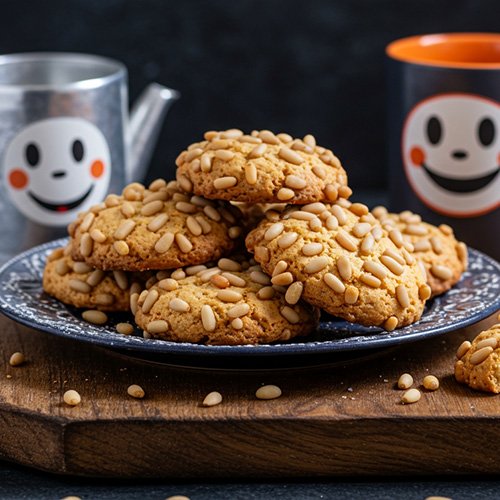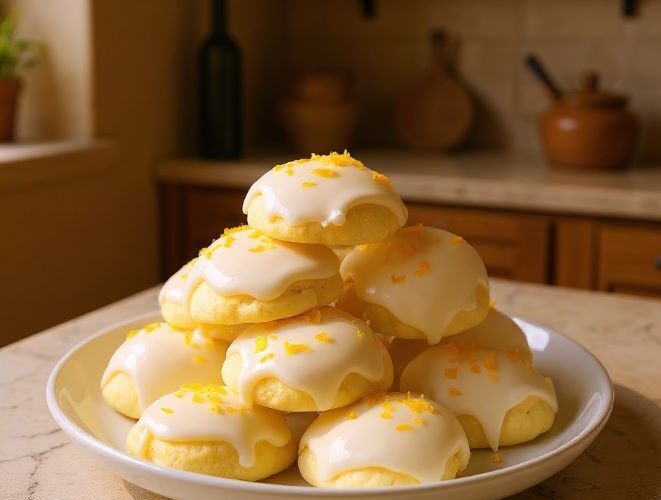
French Macarons: A History That Travels
Though we think of macarons as purely French, their story actually starts in Italy. The cookie made its way to France in the 16th century, brought by the chefs of Catherine de Medici when she married King Henry II. Back then, macarons were simpler almond cookies—nothing like the fancy treats we know today.
French macarons are delicate, colorful cookies made from egg whites, almond flour, and sugar. These light meringue-based treats sandwich a smooth filling, usually ganache, buttercream, or jam. They’re as elegant as they are delicious.
Over time, French bakers transformed these humble cookies. They added fillings and perfected the two-shell design. The modern macaron, with its crisp shell and creamy center, took shape. It was in the early 1900s that the Parisian bakery Ladurée made them famous worldwide, turning macarons into a symbol of French elegance and pastry mastery.
The Importance of Maturing Your Macarons
But here’s something only seasoned macaron enthusiasts will tell you: the magic doesn’t happen right out of the oven. The real transformation begins in the fridge. After assembling your macarons, let them rest in an airtight container for 24 hours. This process, known as “maturing,” allows the filling to slightly soften the shells, marrying textures and deepening flavors.
What was once a crisp cookie becomes something far more luxurious, delicately crisp on the outside, lusciously creamy in the center, and perfectly chewy throughout. It’s this harmony of texture and taste that makes macarons so special and why waiting that one extra day is absolutely worth it.
Variations
Here are flavor variations for the macaron shells and fillings for raspberry, pistachio, and lemon:
Lemon Macarons
Shells:
Add 1 tsp lemon zest to the dry ingredients.
Use yellow gel food coloring in the meringue.
Filling – Lemon Buttercream:
1/2 cup unsalted butter, softened
1 1/2 cups powdered sugar
2–3 tbsp fresh lemon juice
1 tsp lemon zest
Beat until light and fluffy. Add more juice for stronger flavor.
Pistachio Macarons
Shells:
Replace 1/4 cup almond flour with 1/4 cup finely ground pistachios.
Use green gel food coloring.
Filling – Pistachio Buttercream:
1/2 cup unsalted butter
1 1/2 cups powdered sugar
2–3 tbsp pistachio paste (or very finely ground pistachios)
1–2 tsp milk or cream if needed for consistency
Raspberry Macarons
Shells:
Use pink or red gel food coloring.
Optionally, add a tiny bit of raspberry powder to the dry mix.
Filling – Raspberry Jam
Pipe seedless raspberry jam in the center.
Storage
Storing French macarons the right way ensures they stay just as delicious as the day you made them, if not better. Once filled and assembled, place them in an airtight container and refrigerate for up to five days. Always separate layers with parchment paper to protect their delicate shells. Before serving, allow them to sit at room temperature for 20–30 minutes to bring out their ideal texture, lightly crisp on the outside and perfectly chewy inside. Planning ahead? Macarons freeze surprisingly well. Arrange them in a single layer on a tray, freeze until firm, then transfer to a sealed container with parchment between layers. They’ll keep in the freezer for up to a month. When ready to enjoy, just thaw in the fridge or at room temp. For best results, avoid freezing macarons with fresh fruit or cream cheese fillings, as those don’t hold up as nicely over time.

